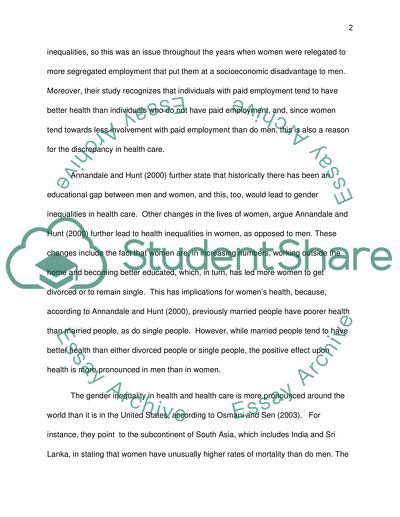Cite this document
(“Gender Inequality in Health Care Research Paper”, n.d.)
Retrieved from https://studentshare.org/sociology/1460798-gender-inequality-in-health-care
Retrieved from https://studentshare.org/sociology/1460798-gender-inequality-in-health-care
(Gender Inequality in Health Care Research Paper)
https://studentshare.org/sociology/1460798-gender-inequality-in-health-care.
https://studentshare.org/sociology/1460798-gender-inequality-in-health-care.
“Gender Inequality in Health Care Research Paper”, n.d. https://studentshare.org/sociology/1460798-gender-inequality-in-health-care.


